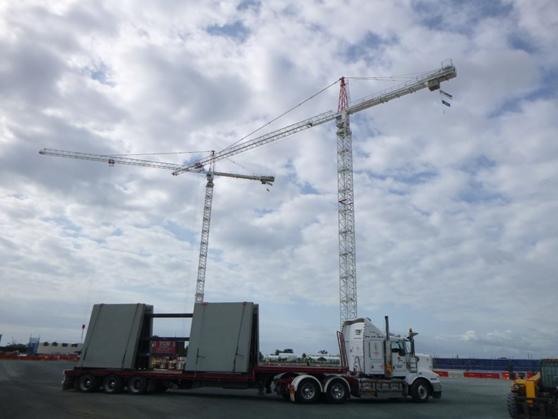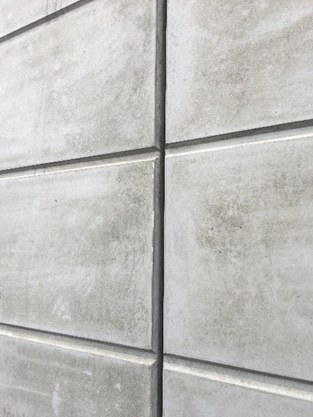Design Objectives and Compliance
- 1 Minute to read
- Print
- PDF
Design Objectives and Compliance
- 1 Minute to read
- Print
- PDF
Article summary
Did you find this summary helpful?
Thank you for your feedback!
Precast elements may serve numerous objectives including:
| Element | Objective |
|---|---|
| Architectural | Provide aesthetic value to the building – surface finishes, formed surface patterns– this may dictate the precast size and shape – particularly thickness (which in turn changes the weight and supporting/loading bearing elements that form the associated structure |
| Structure for attachments | Do the precast panels support other elements – awnings or balustrades for example. |
| NCC Part B Structural provisions | Precast elements may form part of the building structure that supports the building or other structures, or be supported by the building. This includes Live loads, dead loads, ground, wind, water, earthquake loads. Consider also other elements that may be fixed to the precast. |
| NCC Part C Fire resistance | Precast elements may provide fire separation between floors (spandrels), compartments (party walls, fore exits/stairs/lifts) and classes of buildings (mixed use buildings) as well as boundary/properties (distance from adjacent properties/buildings on same property, and they may also be required to resist fire damage as a structure to maintain integrity (requires minimum thickness and specific engineering design) |
| NCC Part F Health and amenity (weatherproofing) | Prevent water entry into the building |
| Environmental condition | Exposure categories from corrosive environments |
| Interface with other works | Penetrations/cast in items affecting transport/lifting |
| Quality | Factory controlled quality and final product quality expectations |
| Available resources | Cranes, skilled labour to manufacture and install – particularly loading zones and crane radius/limits |
| Tolerance | Precast elements are fixed to in-situ works and require consideration to the actual installation method and connection/termination details |
| Logistics | Transport/handling |


Was this article helpful?

